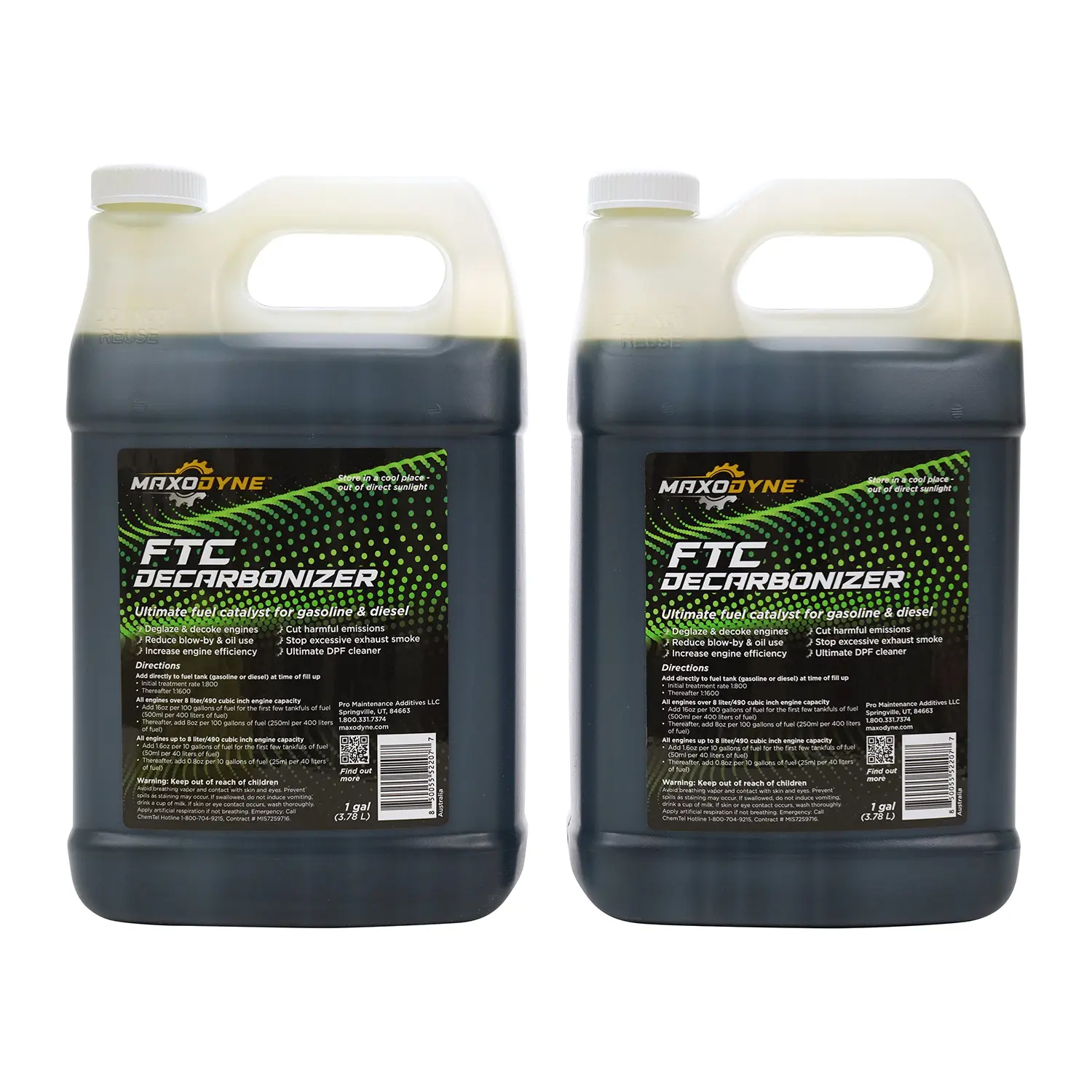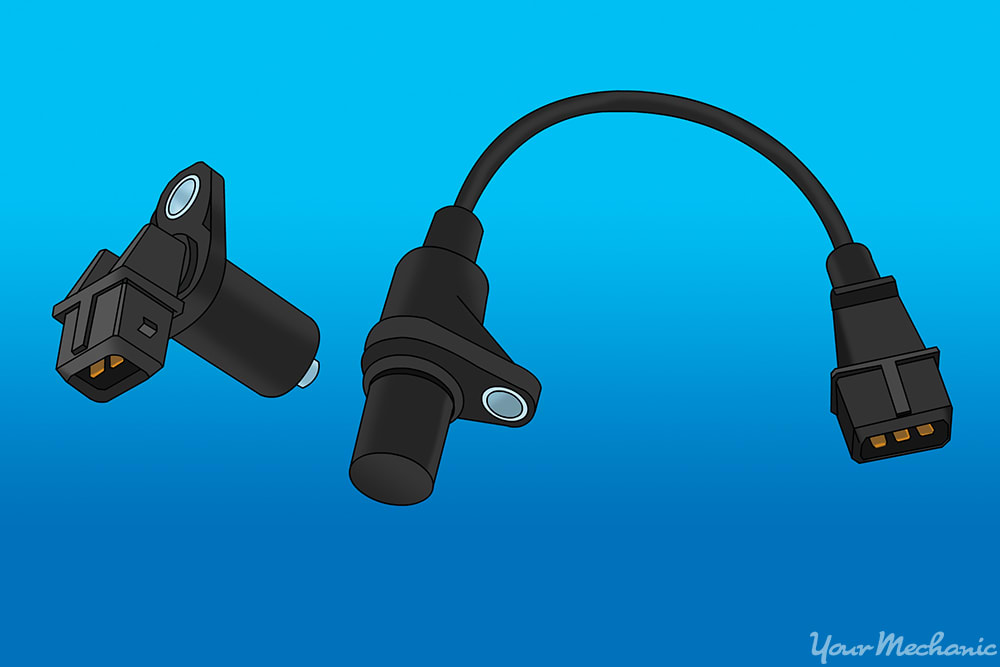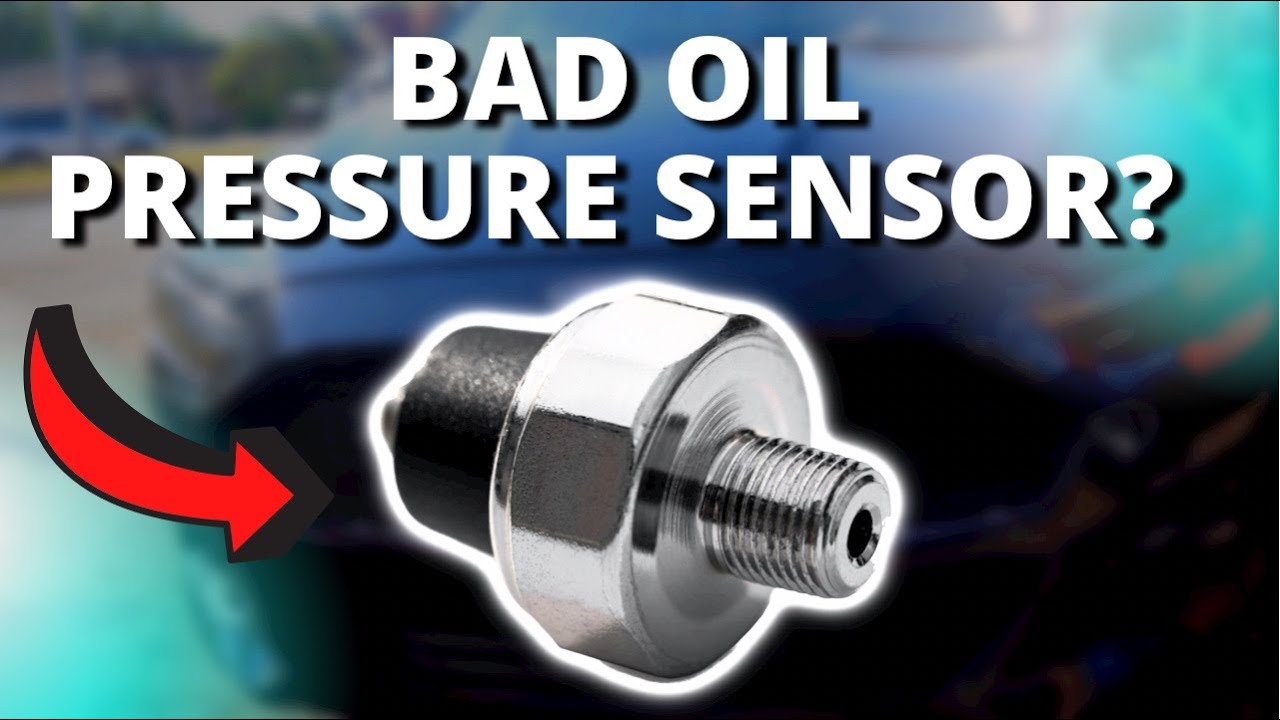How Many Gallons of Coolant Does a 6.7 Powerstroke Hold
The 6.7 Powerstroke engine typically holds approximately 27.5 to 29 gallons of coolant. Exact capacity can vary based on the specific model and year.
Maintaining the right level of coolant in your 6. 7 Powerstroke is crucial for engine health and performance. This large, robust power unit, often found in Ford’s F-Series trucks, requires an ample amount of coolant to manage its thermal load effectively.
Ford’s 6. 7 Powerstroke diesel engines, known for their durability and power, must have the appropriate coolant volume for optimal operation. Regular checks and maintenance ensure your vehicle remains in top condition, avoiding overheating issues that could lead to severe damage. Vehicle owners and mechanics alike must stay informed about their engine’s requirements, including the coolant capacity, to uphold the engine’s longevity and reliability. With a coolant capacity of nearly 30 gallons, the 6. 7 Powerstroke is designed to tackle the most demanding conditions, keeping engine temperatures regulated and performance at its peak.
The Cooling Needs Of The 6.7 Powerstroke Engine
The 6.7 Powerstroke engine, known for its impressive power and durability, demands an efficient cooling system to maintain its performance. The cooling system’s role is preventing engine overheating, allowing the powerhouse to function at its best. For such a robust engine, understanding the specific amount of coolant required is essential to ensure optimal operation. Let’s dive deeper into the core functions of engine coolant specifically for the 6.7 Powerstroke.
Core Functions Of Engine Coolant
- Maintains engine temperature: Coolant absorbs the heat from the engine and releases it through the radiator.
- Prevents corrosion: It inhibits rust and corrosion within engine components.
- Lubricates: Coolant also lubricates moving parts like the water pump.
- Freeze protection: In cold climates, it prevents the engine’s water from freezing.
Unique Aspects Of The 6.7 Powerstroke’s Cooling System
The 6.7 Powerstroke engine boasts unique cooling features that differentiate it from other engines. This diesel engine typically holds about 27.5 gallons of coolant to facilitate its heavy-duty tasks. Not only is the volume important, but the composition of the cooling system also entails specialized elements:
| Component | Function | Capacity |
|---|---|---|
| Primary Cooling System | Cools the engine block and heads | Approx. 15.7 gallons |
| Secondary Cooling System | Regulates temperature for the fuel system, EGR, and transmission cooler | Approx. 11.8 gallons |
By integrating two cooling systems, the 6.7 Powerstroke ensures all critical engine parts remain at ideal temperatures. This design exemplifies how Ford has tailored the cooling system to meet the intensive cooling requirements of this diesel workhorse.

Credit: m.youtube.com
Determining Coolant Capacity
Determining Coolant Capacity is a key step in maintaining your 6.7 Powerstroke engine. The right amount of coolant ensures efficient engine operation. It keeps engine temperatures in check. Let’s dive into factory specs and consider the effects of aftermarket modifications on coolant volume.
Factory Specs For The 6.7 Powerstroke Coolant Volume
The 6.7 Powerstroke engine comes with specific factory specifications for coolant volume. Understanding these is crucial for proper maintenance. The standard volume for this engine is critical for engine performance. Mechanics often refer to these specs during service. Always check the owner’s manual for the most accurate information.
Influence Of Aftermarket Modifications On Coolant Capacity
Aftermarket modifications can change the coolant capacity of your 6.7 Powerstroke. Upgrades like a larger radiator might increase the volume needed. Performance modifications also alter engine cooling requirements. Always consult with a professional before and after modifying your vehicle. It’s important to adjust coolant levels accordingly.
Coolant Types And Recommendations
Understanding the correct coolant for a 6.7 Powerstroke engine is key to efficient performance. Coolants protect engines from overheating, freezing, and corrosion. Let’s explore the suitable coolants for the 6.7 Powerstroke and the pros and cons of each formulation.
Suitable Coolant Types For The 6.7 Powerstroke
Several coolants work well with the 6.7 Powerstroke.
- Motorcraft Gold Antifreeze: This is the factory-recommended type.
- Extended Life Coolants (ELC): They offer longer replacement intervals.
- Organic Acid Technology (OAT): These are typically dye-free and long-lasting.
- Hybrid Organic Acid Technology (HOAT): They combine the best of OAT and traditional coolants.
Pros And Cons Of Different Coolant Formulations
Each coolant type has distinct advantages and downsides.
| Coolant Type | Pros | Cons |
|---|---|---|
| Motorcraft Gold | Custom-designed for Ford engines, provides reliable protection. | More frequent replacement, potentially higher cost. |
| Extended Life Coolants | Longer life span, fewer changes required. | Can be incompatible with certain gasket materials. |
| Organic Acid Technology | Longer lasting, works with various metals. | May not be suitable for older systems. |
| Hybrid Organic Acid Technology | Mixes benefits of OAT and traditional coolants, broad compatibility. | Pricier option, careful maintenance needed to prevent issues. |
Note: Always consult the owner’s manual or a professional mechanic before making a coolant choice for your 6.7 Powerstroke to ensure compatibility and optimal performance.
Maintaining Optimal Coolant Levels
Keeping the right amount of coolant in your 6.7 Powerstroke is essential. This engine usually holds between 27.5 to 28.5 gallons of coolant depending on the model and the cooling system design.
Checking And Topping Off Coolant Levels
Regular checks keep your engine safe and functioning well. Follow these steps:
- Turn off your engine and wait for it to cool down.
- Find the coolant reservoir and check the level against the markings.
- If levels are low, add the same type of coolant used in your system.
- Fill up to the ‘Full’ line; do not overfill.
- Close the cap securely when done.
Use a mixture of 50/50 antifreeze and distilled water for best results.
Symptoms Of Low Coolant In A 6.7 Powerstroke
Stay alert for these signs:
- High engine temperature readings on your dashboard.
- Unexpected steam or smoke from the engine area.
- Heater not working properly inside the cabin.
- Sweet smell indicating coolant leaks.
Notice these symptoms? Check your coolant levels immediately or visit a mechanic.
Coolant System Servicing And Flush Intervals
Proper maintenance of your 6.7 Powerstroke cooling system is crucial for optimal performance. This includes knowing when to service the system and the intervals at which to flush and refill the coolant. Staying on top of these tasks ensures your engine runs smoothly, minimizing the risk of overheating and costly repairs.
Routine Maintenance Schedule For The 6.7 Powerstroke Cooling System
To keep your 6.7 Powerstroke engine in top shape, follow a routine maintenance schedule. Always check your owner’s manual for the most accurate information. Below is a guide to help you:
- Check coolant level at every oil change
- Inspect system for leaks semi-annually
- Replace coolant every 30,000 miles
- Test coolant concentration every service visit
Step-by-step Guide To A Coolant Flush And Refill
A coolant flush and refill is a critical service for your engine’s longevity. Follow this guide for a successful coolant change:
- Allow engine to cool: Never flush coolant on a hot engine.
- Gather materials: Obtain the correct type and amount of coolant, plus disposal equipment for the old fluid.
- Drain old coolant: Remove radiator cap and open drain plug. Collect old coolant safely.
- Clean system: Flush with water until clear, then close drain plug.
- Refill with new coolant: Add fresh coolant per manufacturer specifications.
- Bleed the system: Release trapped air by running the engine with the radiator cap off.
- Check for leaks: Inspect the system for any potential leaks.
- Dispose old coolant properly: Never pour coolant down a drain or on the ground.

Credit: dieselresource.com

Credit: www.hotshotsecret.com
Frequently Asked Questions For How Many Gallons Of Coolant Does A 6.7 Powerstroke Hold
What’s The Coolant Capacity Of A 6.7 Powerstroke?
The coolant capacity of a 6. 7 Powerstroke engine is approximately 27. 5-29 gallons. This includes both the radiator and the engine block’s internal coolant passages.
How Often Should I Replace Coolant In A 6.7 Powerstroke?
It’s recommended to replace the coolant in a 6. 7 Powerstroke every 30,000 miles or 36 months, whichever comes first. Always consult your owner’s manual for the most accurate maintenance schedule.
Can I Mix Coolants In My 6.7 Powerstroke Engine?
Mixing different types of coolant can lead to chemical reactions and potential engine damage. For a 6. 7 Powerstroke, use the manufacturer-specified coolant or an equivalent to ensure proper engine function.
What Type Of Coolant Does A 6.7 Powerstroke Require?
A 6. 7 Powerstroke typically requires a coolant that meets Ford specification WSS-M97B44-D or equivalent. It’s essential to use a diesel-specific coolant that’s compatible with the engine materials.
Conclusion
To wrap up, the 6. 7 Powerstroke typically requires about 4 to 6 gallons of coolant. Always consult your owner’s manual for the exact volume, and remember to use the right type of coolant to keep your engine running smoothly.
Proper maintenance ensures your Powerstroke remains in peak condition for the long haul.






